Table of Contents
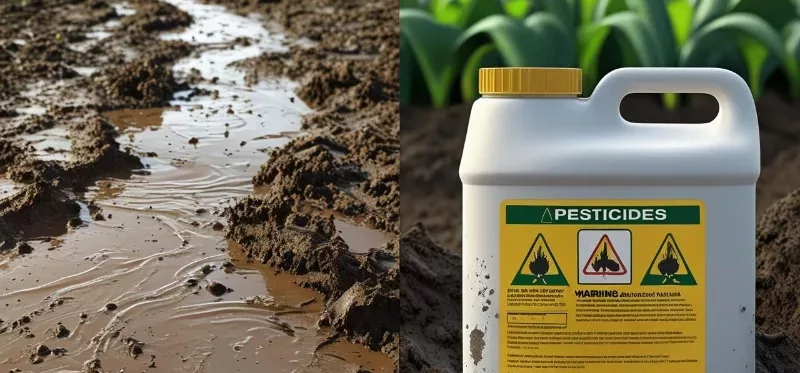
Contaminated water is a bigger issue than a lot of people realize. It’s not just about mud or dirt; it’s often invisible threats that lurk within. Contaminated water is water that contains harmful chemicals, dirt, or microorganisms. It can make you sick, and figuring out what exactly counts as ‘contaminated’ can be tricky.
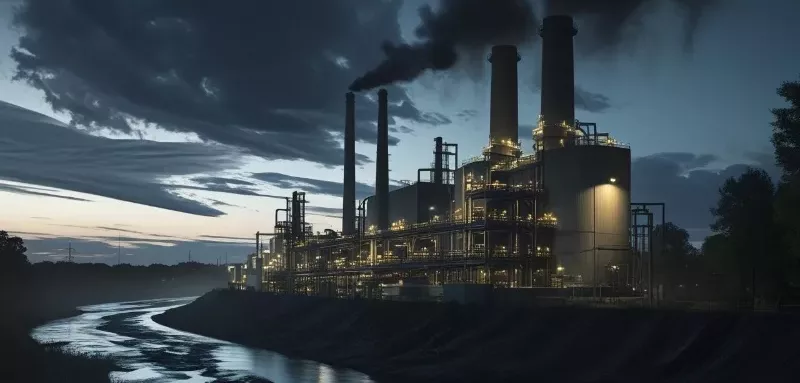
This mess comes from various sources. Think industrial waste from factories, runoffs from farms loaded with pesticides, or even bacteria and viruses sneaking in from sewage overflows. Every major region battles its own version of this problem, with some places worse off than others. If you’re drinking water that isn’t properly treated, you could easily be in one of those regions at risk.
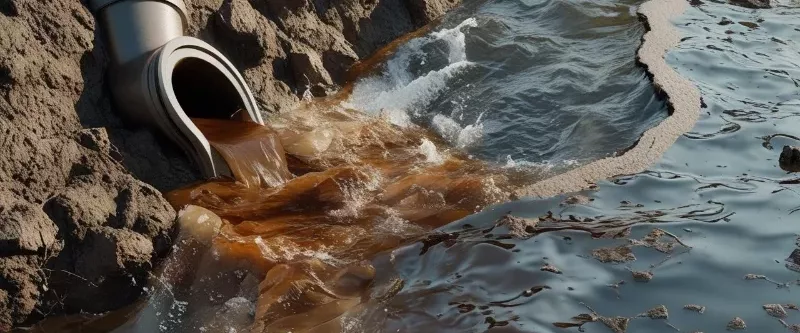
Globally, this is a widespread problem. Yet, many people go about their day not realizing just how close they might be to drinking contaminated water. In places with less regulation, or in rural communities where infrastructure isn’t strong, the water straight from the tap might not be as safe as you hope. Knowing the signs of contamination helps; spotting cloudy water or odd smells is a good start, but remember, many contaminants are sneaky— that’s why education is key.
The problem isn’t just with what you drink. Contamination can come from other sources too, like bathing in contaminated rivers or lakes. And it doesn’t always scream danger until symptoms hit. Understanding where your water comes from, and what’s in it, is the first step in protecting yourself and your family from potential health issues.
Health Impacts of Drinking Contaminated Water: A Silent Threat
Waterborne Illnesses are a major consequence, with symptoms ranging from nausea and diarrhea to long-term health conditions if not addressed. Common diseases like cholera, dysentery, and giardia often come from contaminated water and show up as severe cramps and stomach pain.
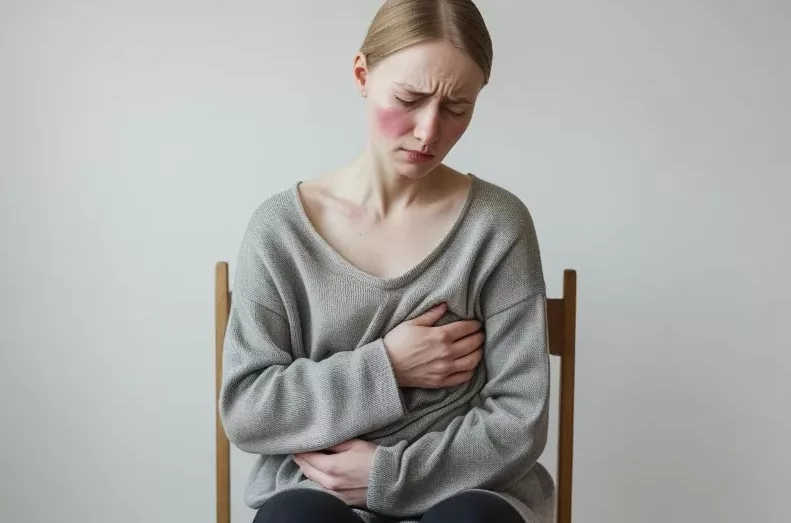
Drinking water that’s not safe doesn’t just give you a bout of queasy stomach; it can lead to some serious health problems. The immediate effects aren’t always visible but, over time, they can wreak havoc on your system.
In a lot of cases, people don’t realize they are dealing with contaminated water until a health crisis hits. From small communities to entire nations, outbreaks have shown us how fast and far these illnesses can spread when water safety is overlooked.
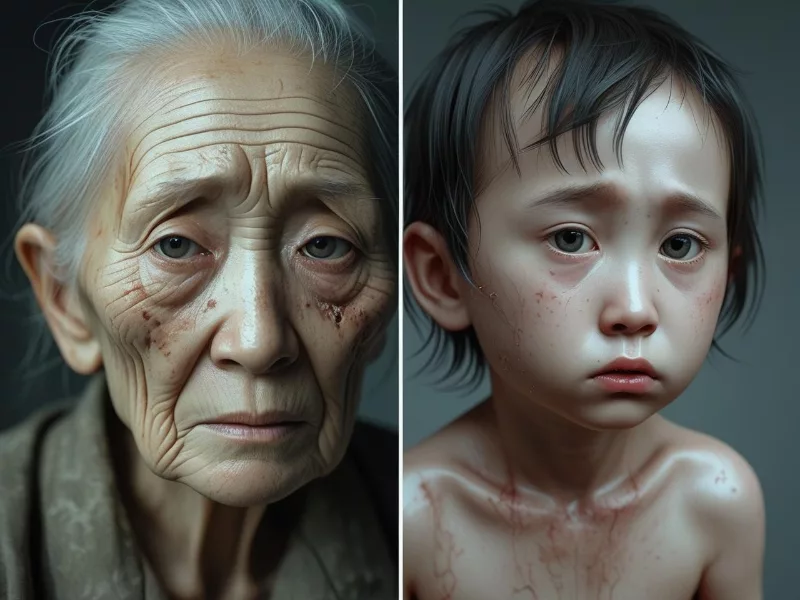
Certain groups are at a higher risk, particularly kids, older adults, and those with weaker immune systems. They can experience more intense symptoms that require quick medical attention. This makes it crucial for these vulnerable populations to have access to water that’s both clean and safe, minimizing exposure to harmful contaminants.
Recognizing these health impacts isn’t just about avoiding illness; it’s about understanding the risks that linger in everyday essentials. With knowledge and action, we can help safeguard our health and that of our communities.
Recognizing the Symptoms of Waterborne Illnesses: A Call to Action
Spotting the signs of waterborne illnesses early can really make a difference. The symptoms can hit fast, and knowing what to look out for gives you a head start in managing them.
The classic signs like nausea, diarrhea, and stomach cramps should never be shrugged off as just a bad meal. These can rapidly lead to dehydration, something that especially affects kids and older people more severely.
It’s important to know when it’s time to get professional help. Persistent stomach pain, extreme fatigue, or prolonged diarrhea means it’s not the time to ‘wait and see.’ A quick trip to the doctor can help tackle the condition before it gets worse.
Keeping an eye on health means taking symptoms seriously, especially if those symptoms persist beyond a day or two. If someone’s feeling off after a camping trip or visit to a rural area, think about the water sources they might have encountered. Every symptom counts when it comes to waterborne illnesses.
Monitoring isn’t just for you; make sure family and friends are aware too. Creating a habit of checking in on each other’s symptoms when there’s a suspicion of water issues can help catch any illnesses early. Prevention and early action can often avoid bigger problems down the line.
Prevention and Mitigation: A Community Approach
A Community Meeting About the Local Drinking Water
Education is a massive part of prevention. The more people know about what’s in their water and the potential risks, the better they can protect themselves and others. Schools, local councils, and community groups can all play a role in spreading awareness and teaching prevention methods.
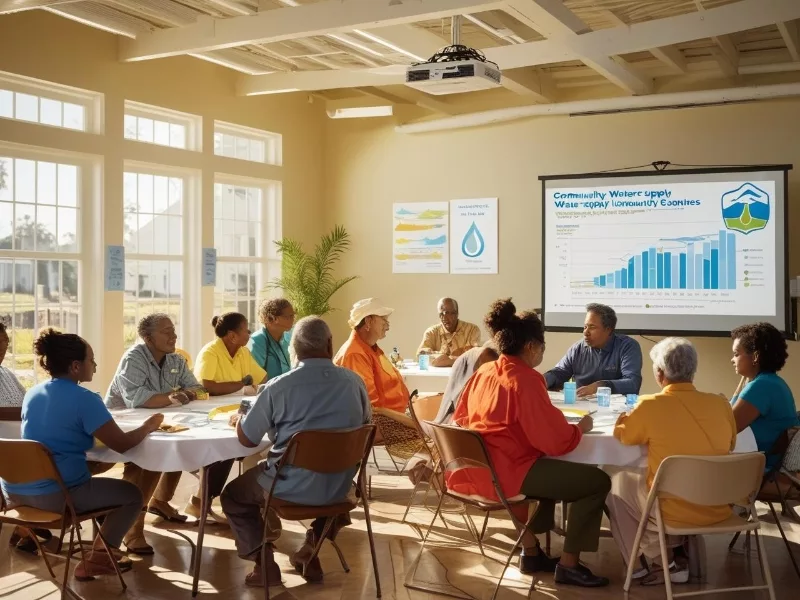
Keeping water safe isn’t just an individual responsibility; it takes a group effort. Ensuring everyone has access to clean water is something whole communities need to be a part of.
Safeguarding the water starts at home. Using water filters on taps and being mindful of boiling water before consumption are practical small steps. Depending on where you live, investing in a good filtration system might help too.

Simple solutions, like rainwater harvesting or properly maintaining plumbing systems, can go a long way in curbing contamination. It’s important communities come together to discuss and share these strategies.
Advocating for better practices and regulations is crucial. Governments have a role in managing water supplies and maintaining infrastructures, while individuals can push for changes when things aren’t up to scratch. Working with environmental organizations or participating in local clean water initiatives strengthens these efforts.
Safe drinking water doesn’t just happen; it’s a collective responsibility. When everyone pitches in, communities become resilient against the threat of waterborne illnesses. A collaborative approach doesn’t just protect health; it builds a sense of community purpose and security.
